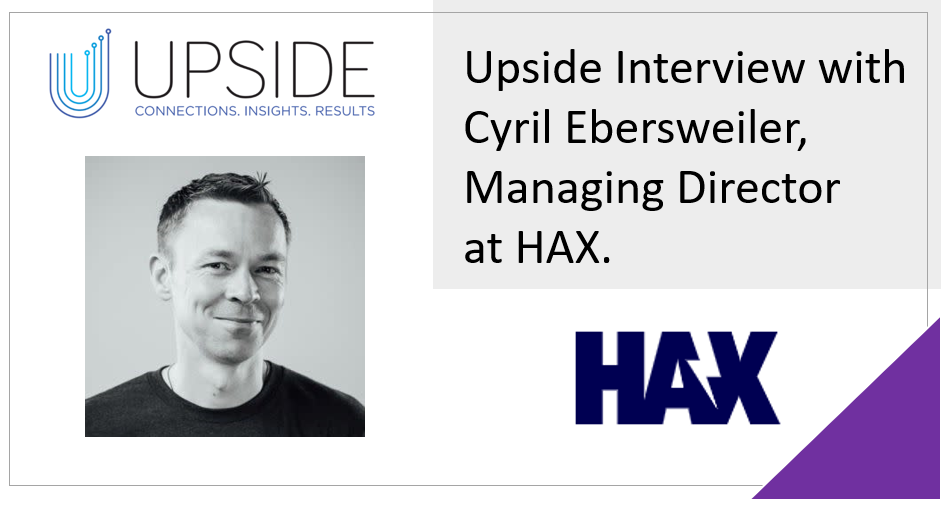VC name: SOSV (also operates HAX, IndieBio, Chinaccelerator, MOX, dlab). Headquartered: New Jersey (USA) Founded: 1994 Managing Partners: Sean O’Sullivan, Cyril Ebersweiler Website: https://sosv.com, https://hax.co, https://indiebio.co Sectors: Deep Tech globally VC type: Accelerator, Venture Capital Acceleration duration: 16 weeks Typical investment range: $250k-$1M Total number of investments: 2,224 core investments…
Share This Story, Choose Your Platform!
Total reviews
Persons recommended this product
Anonymous
Shopper
check_circle Verified
Shop owner replied
Anonymous
Shopper
check_circle Verified
Shop owner replied
Thanks for your review!
Your feedback helps us improve our service.
There are no reviews yet.
Be the first to review “ ”
Please log in to submit a review.
Don't have an account? Register here .
Only logged in customers who have purchased this product may leave a review



